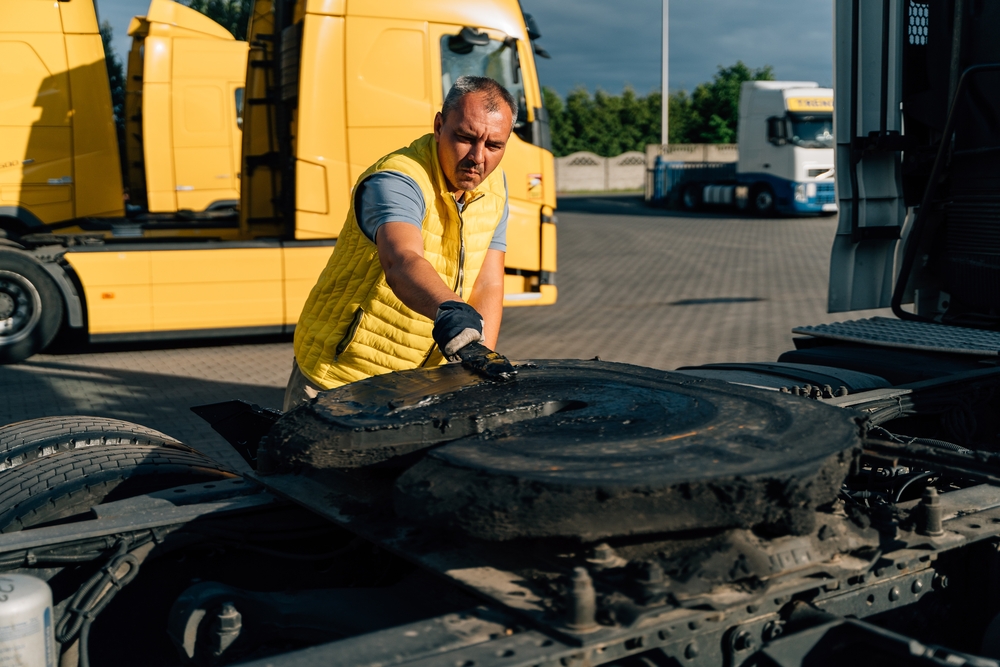
How to Identify & Complete the Most Common Fifth Wheel Repair
Just like any other piece of trucking equipment, fifth wheels require regular inspection, maintenance, and repair. Often, problems found during inspection can be attributed to the same component. Below, we’ll discuss what the most common fifth wheel repair is and give you some quick and simple tips for how to fix it.
What Fifth Wheel Part Most Commonly Needs Fixing?
The fifth wheel part that most commonly requires repair is the top plate. The top plate is a horseshoe-shaped plate that’s attached to the main frame of the vehicle. It offers trailers and cargo a secure connecting point for heavy loads.
Why is the top plate the most common fifth wheel repair? It’s under intense stress while in use. This high stress can damage the plate and normal wear can break down internal, smaller components like lock jaws and cushion ring inserts, bushings, release handles, and more to the point of replacement. You may also struggle with fifth wheel top plate troubles if your coupling attempts aren’t in compliance with JOST’s Operating Instructions or the industry standard TMC RMP-654.
All of these possibilities show why following standards and being proactive about inspections and maintenance is key.
Troubleshooting: How to Inspect & Repair a Fifth Wheel Top Plate
Should you have an issue with your fifth wheel top plate, here are the steps you can take to diagnose and fix the problem.
1. Review the Top Plate’s Surface
Pull the release handle out and hang it on the release notch; it must be flat and straight. Then ensure the adjusting screw shows ⅜” to 1 ½” of threads. If it shows less or more than that, there is an issue.
If no issue is found, scrape any excess grease from the top plate surface’s recessed center. Check the cushion ring insert for any chipping or damage, and make sure the locking bar tip protrudes further into the throat than the coupling guide lugs.
2. Review the Lever with the Bushing Under the Top Plate
You can also inspect your top plate and diagnose any issues by looking underneath it. First, verify that the lever with the bushing is in appropriate condition and position. Then check the pivot bolts to ensure there’s one washer between the lever and castellated nut on each of them. Finally, check the release handle attachments to ensure proper attachment.
3. Use a Lock Tester to Check Operation
A third and final inspection is to use a lock tester to check operation. Start by engaging the lock test tool to lock the fifth wheel, then verify that the release handle is in the locked position (Document Link).
Also, note the lock jaw and locking bar positioning. The lock jaw must accept the kingpin and fully rotate. The locking bar must fully cross the throat. If one of these positions is incorrect, replace the damaged Lock Jaw, Lever, or Release Handle.
Once you’ve determined what is worn or damaged, you can either fix or replace it.
Watch this video or download this troubleshooting guide for more information, visuals, and commonly stocked top plate repair parts at JOST.
Repair vs. Replace: How to Know When It’s Time for a New Fifth Wheel
In many cases, a quick top plate repair can get your fifth wheel back and better than ever. However, there are some instances where a repair won’t do enough and it’s time to completely replace your fifth wheel.
How do you know which is best? Follow these guidelines.
Repair if:
- Your top plate is still mostly in good condition, and a quick or simple fix will get it back to normal.
- Your top plate shows some wear but still has good grease grooves and no unsalvageable damage.
Replace if:
- Your top plate surface is worn down to the grease groove at any point (see Page 1, Item 1, Figure 1 of this document).
- Your top plate’s casting is cracked.
Get World-Class Truck and Trailer Products From JOST International
Time for a fifth wheel replacement? Contact JOST International. We’ve been manufacturing fifth wheel coupling devices across the world since 1956 and have continued innovation ever since. From our unique locking mechanism to our new sensor fifth wheels, our products are the standard option at every OEM.
Visit this page to order your replacement today.

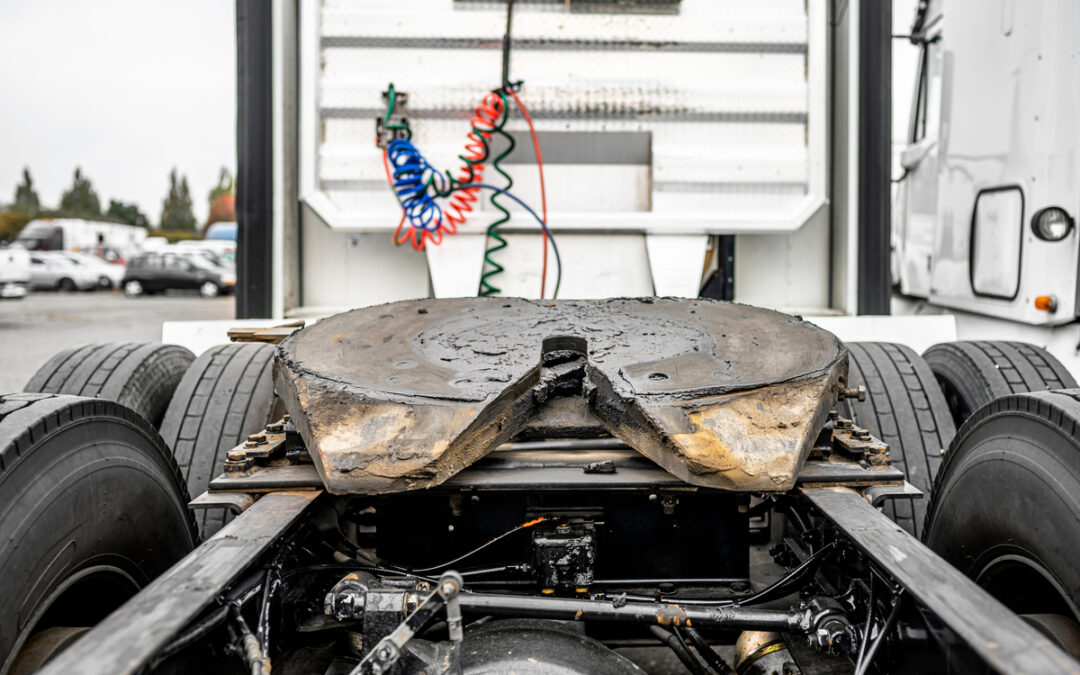




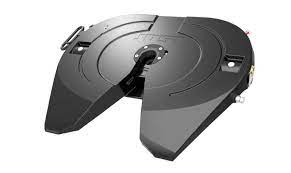
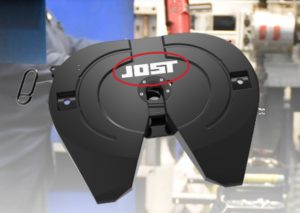
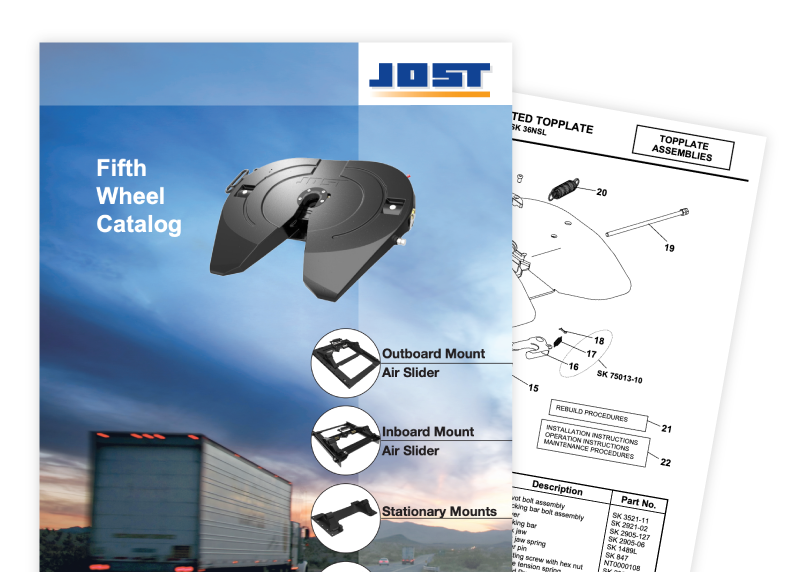
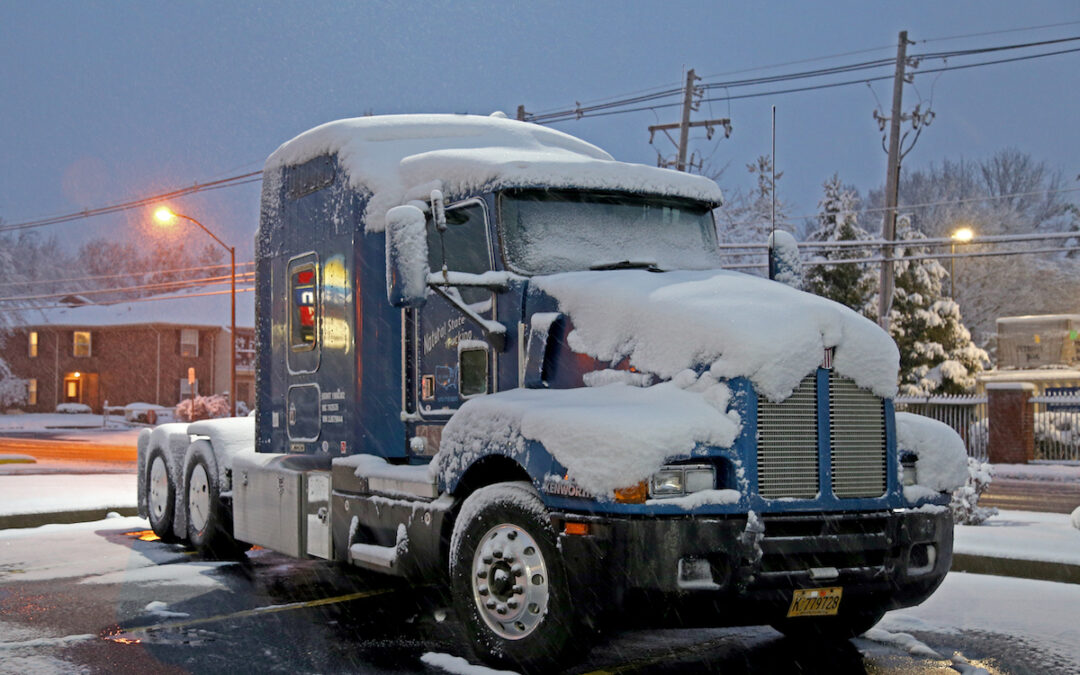
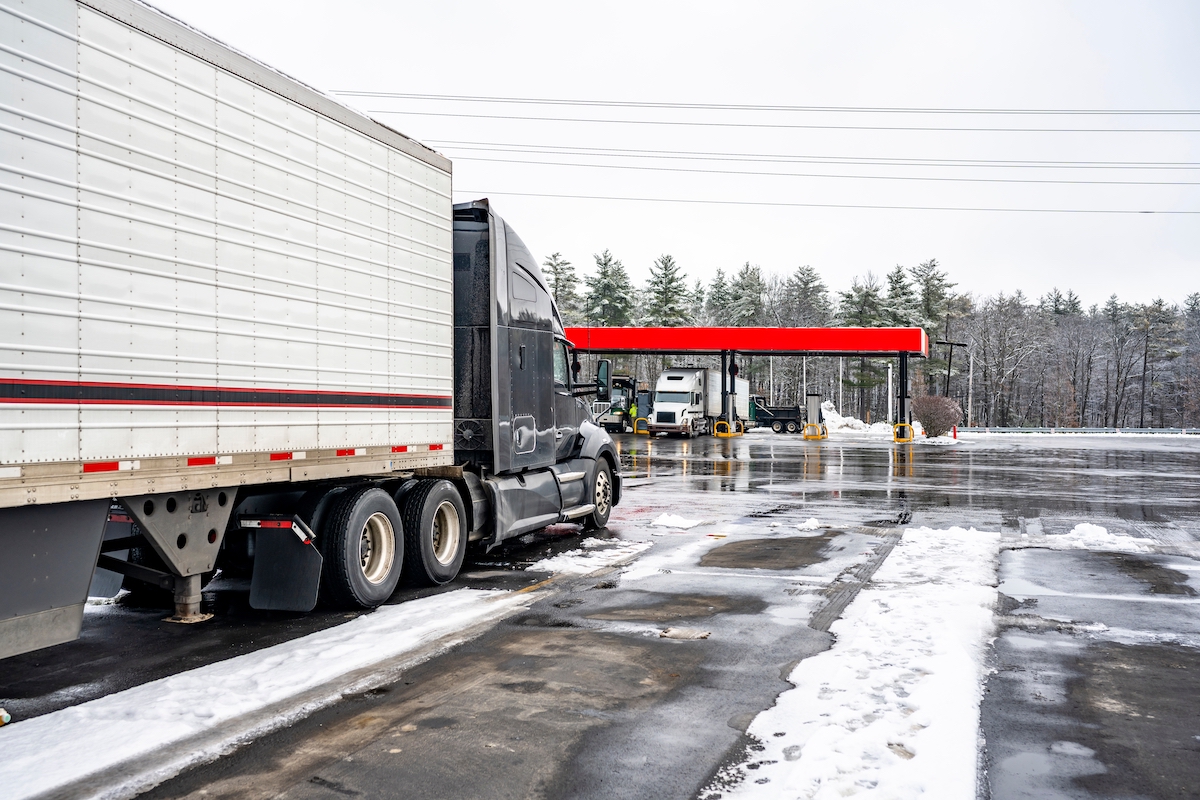
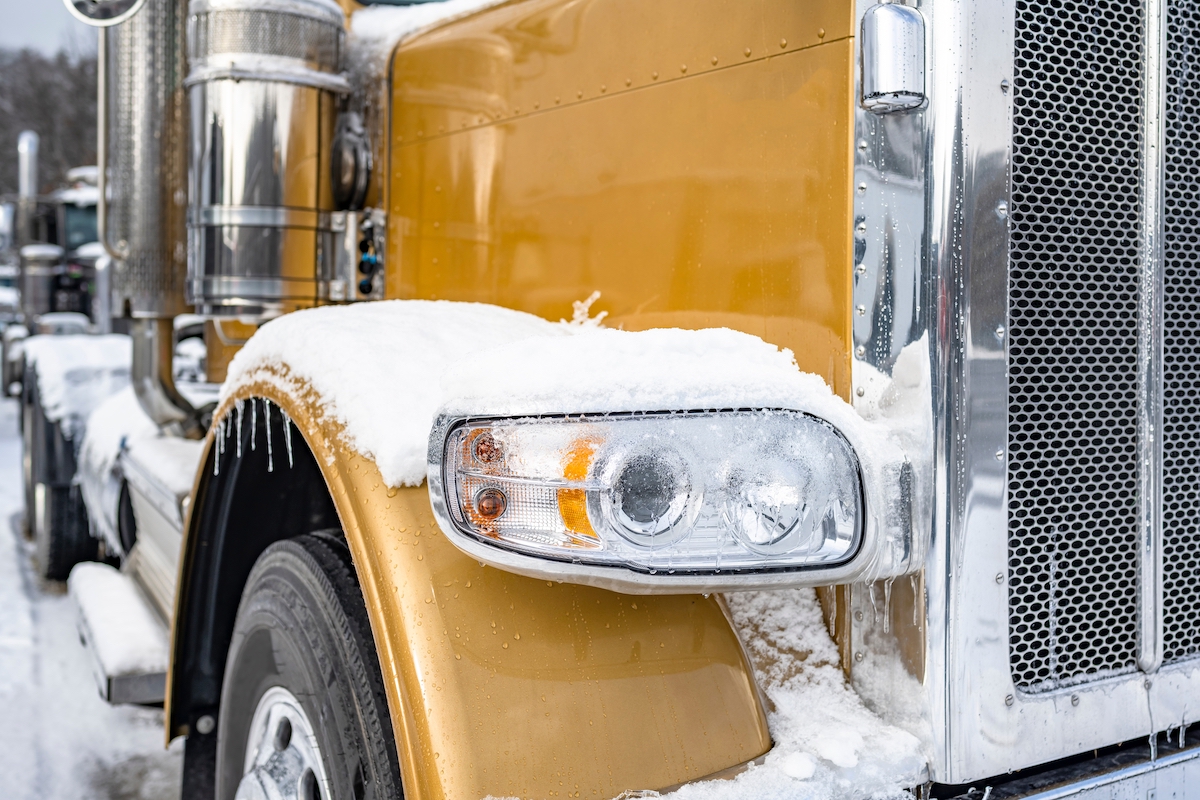
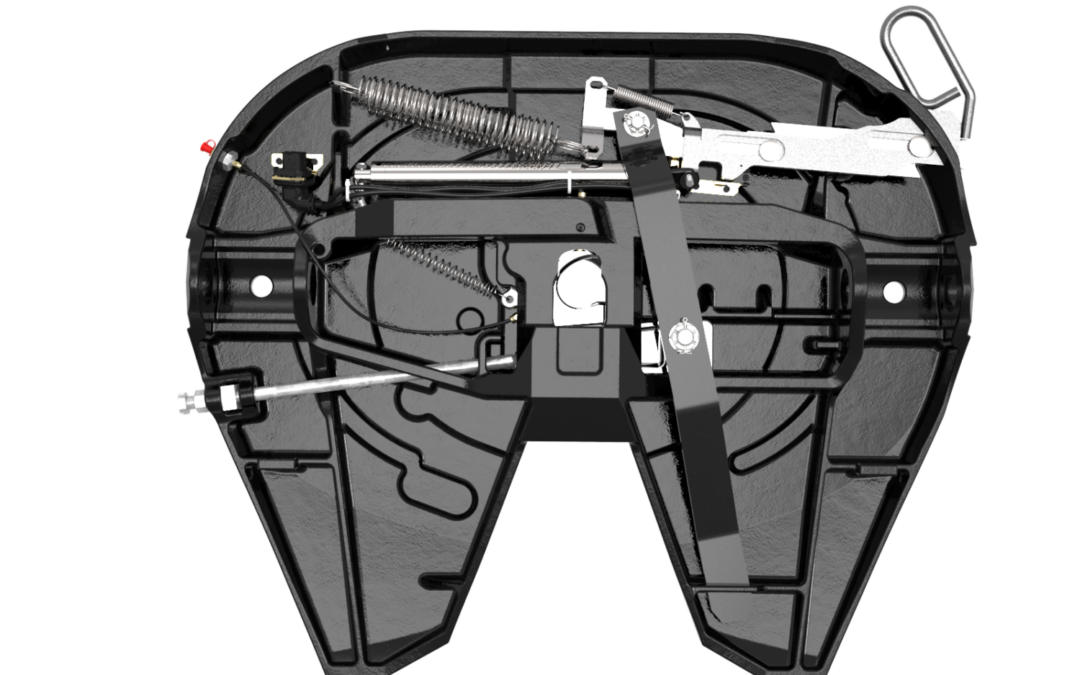
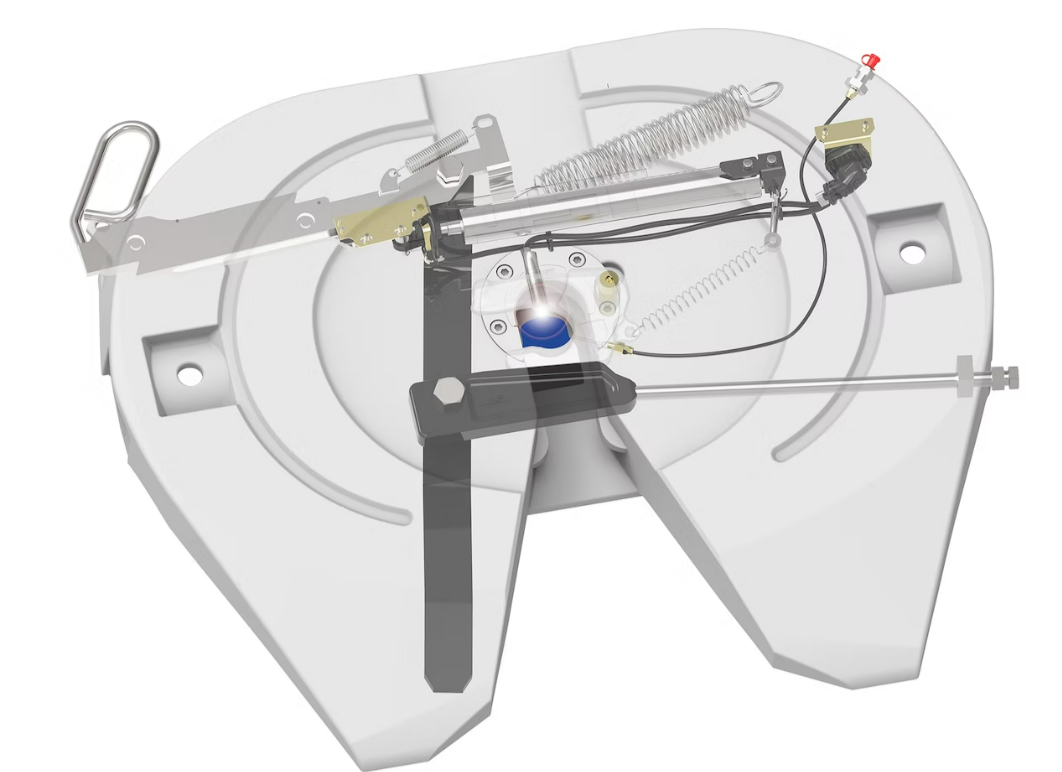
Recent Comments